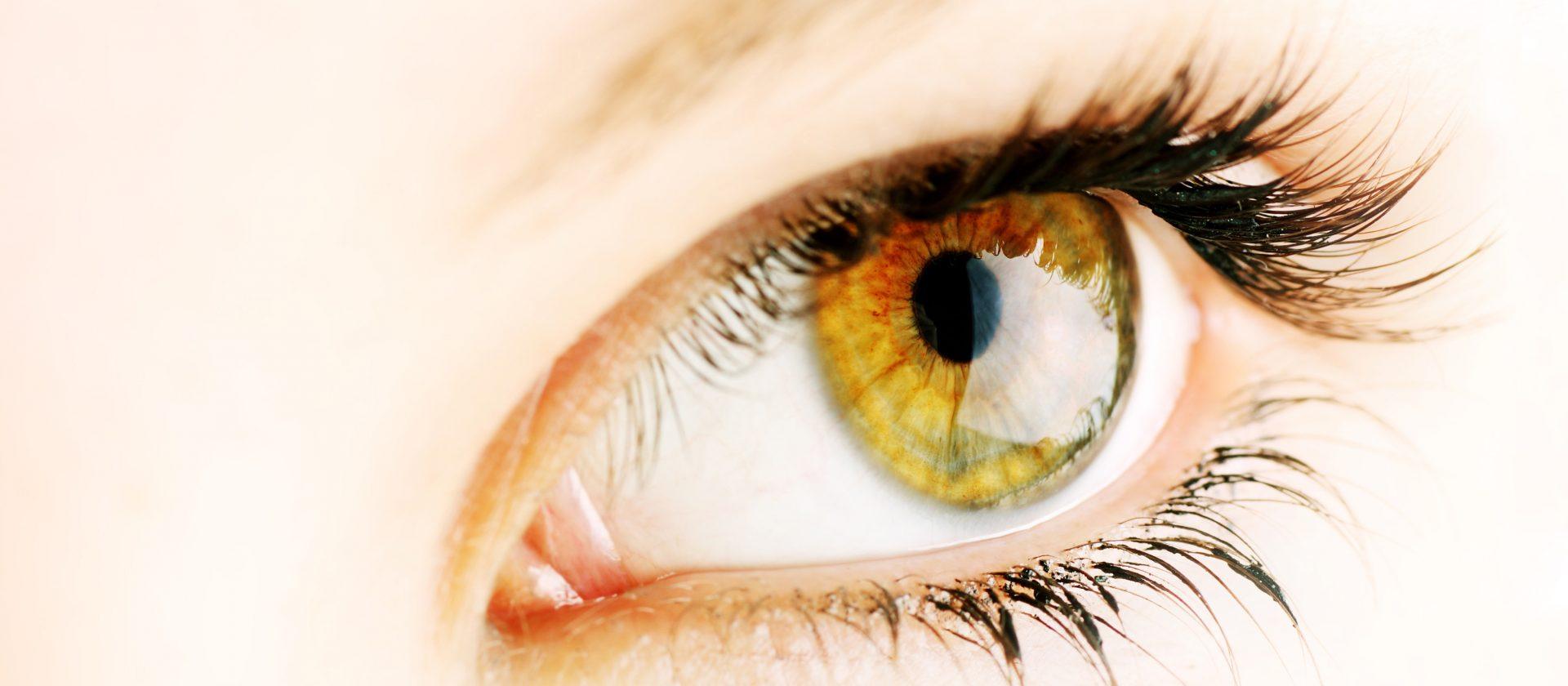module_accordionYou ask, we answer - FAQ about eye lasers
Such questions are always difficult to answer, as blowing your own trumpet is not the done thing. As all laser centers operate according to the guidelines of the Commission for Refractive Surgery, there is perhaps technically and instrumentally no difference. A decisive and unequivocal advantage is certainly that Dr Fischer is personally available during the LASIK operation, as well as during the pre- and post-operative examinations. You receive a well-rounded LASIK operation as a complete package. Many other providers have to delegate the pre- and post-operative checks for personal reasons. You only get to know your surgeon when you are lying on the operating table.
For all people with stable defective vision (short-sightedness up to -12 dpt, far-sightedness up to +5 dpt, and astigmatism up to 4 dpt). Patients should be over 18 years of age, and there must not be any eye diseases present (e.g. cataracts or glaucoma).
For children. pregnant women or those who are breastfeeding (the operation can be postponed to a later date). For those with presbyopia (at present, only reading glasses helped with this condition). For existing keratoconus (clinical picture with thinning of the cornea). For those with weak-sightedness due to strabismus (LASIK can optimize poor vision a little but not correct the congenital visual impairment).
Generally, patients manage in their daily life after the operation without glasses or contact lenses. A correction to exactly 0.0 diopter cannot always be guaranteed, even under optimal conditions. This means that when driving at night, or for other demanding optical functions, glasses or contacts may continue to be necessary. Also the “old eyes” or presbyopia that begins from 45 years of age onwards must be compensated for with reading glasses for LASIK patients, as for all other people.
Those who wear contact lenses must not wear them for a week (for soft lenses) or two weeks (for hard lenses) before the initial consultation. The reason: the lenses distort the pre-operative corneal measurements and therefore also the results of the operation. In addition, people should refrain from wearing eye makeup on the day of the initial consultation.
The specialist carefully determines your defective vision and discusses with you which procedure is the most sensible in your case. Before a LASIK operation, two measurement techniques can be used:
1. For LASIK treatment, the determination of your eye’s optical errors serves as the basis for the calculation of the laser ablation.
2. For the Zyoptix® treatment with the aberrometer/wavefront technology, the whole eye is measured. Visual acuity can later be so improved in such a way that those with poor vision can see better after the operation without glasses than they could beforehand with glasses.
Complications cannot be completely eliminated from any medical procedure. The rate of complications with LASIK is less that 1 per cent. Complications that lead to the patient seeing worse after the operation than before the procedure are recorded in the statistics as being less than 0.1 per cent.
Those who wear contact lenses must not wear them for a week (for soft lenses) or two weeks (for hard lenses) before the operation. In addition, on the day of the procedure you must not wear eye makeup, perfume or aftershave; as alcohol and formaldehyde can weaken the energy of the laser beam.
The whole operation lasts only a few minutes. Thanks to local anesthetic eye drops, the patient feels no pain. The first step of the procedure involves fixing the eye with a suction ring. Then a special plane slices a thin flap from the cornea. This flap is then lifted back. A computer-controlled Excimer laser sculpts the corneal bed underneath depending on the level of defective vision. Finally, the corneal flap is closed over again. It adheres by itself and protects the wound like a self-made bandage.
Of course this is possible. The eyes can also be operated on over two consecutive days.
As a result of the procedure, redness of the eye and increased tear secretion can develop. These are absolutely normal reactions that quickly abate. Some time afterwards, adverse reactions can develop: the eye becomes dry and it feels as though a foreign body is present. The LASIK specialist will then provide you with tear substitutes. Some people also complain of glare and halos around lamps. This is also harmless and usually disappears after a few weeks. Intense pain must not develop under any circumstances.
No, there will be no visible scars.
Generally, it is sufficient to take three days off work for the procedure.
Generally when both eyes have been treated and full visual acuity has been guaranteed.
For about two weeks after the treatment there is an increased risk of infection in saunas and swimming pools. Strenuous physical activity should also be avoided as with all other operations. Indulge yourself and your eyes with a little rest.
There are about five post-treatment checks necessary: after a day, after a week, after a month, after 3 months and after 6 months.
According to previous knowledge and studies, we can assume that the corrective result present a few months after the LASIK operation will remain permanently stable.
For overcorrections and undercorrections in the range of 10 to 20 per cent, for a rare decentralization of the treatment zone; or if cells from the corneal surface grow in between the corneal flap and the corneal margin. A follow-up treatment is desired by around 6 per cent of patients. They occur about three to six months after the first procedure.
No other procedure is used more frequently worldwide for the formation of the corneal flap than the XP microkeratomes from Technolas. They are characterized by highest precision and absolute cutting accuracy.





